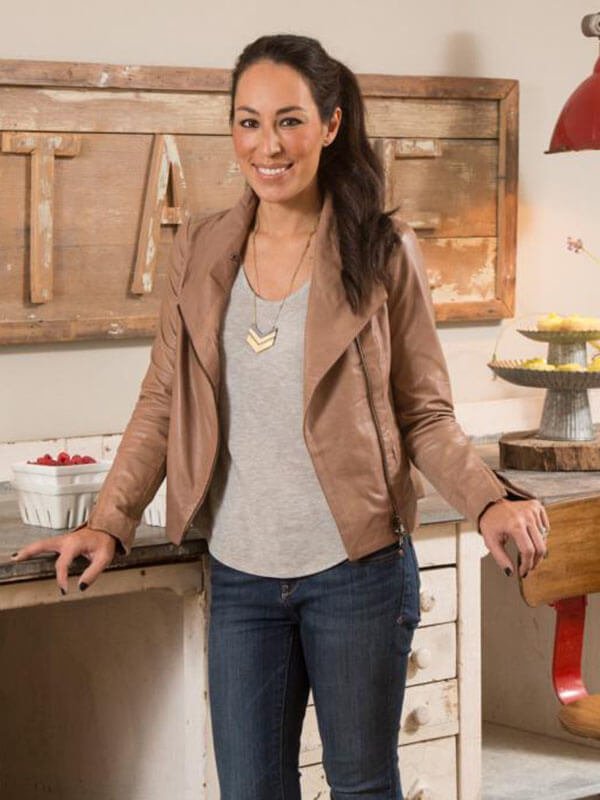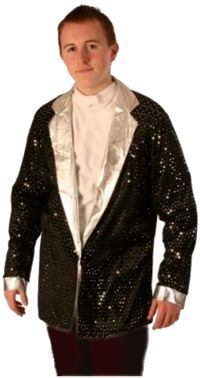

During the last Ludden season, as a reversal in the rules of the first three rounds, contestants attempted in the final round to predict which of the four celebrities was lying in his/her description the betting limit was removed for this round only. During the 1977–78 season, the final round consisted of each celebrity describing his/her own unusual item instead of just a single object or piece of art. Each celebrity would then offer his/her own title for the art, and contestants attempted to predict which title was correct. For the first three rounds, contestants could bet no more than half their total for the final round, they could bet up to 90 points or their entire score, whichever was lower.Įxcept from 1977 to 1979, the last round of the game featured artwork (or a gargantuan gizmo on occasion during the 1988-89 run) presented before the panel and contestants. On the 1988–89 version, contestants played for points, wagering between 10 and 90 points in multiples of 10. When Ludden took over as host in 1977, the game format largely remained the same, but the maximum in each round wager was increased from $100 to half of the contestant's current bank. Correct predictions were paid out at odds of 1:1 in Round 1, 2:1 in Round 2, 5:1 in Round 3, and 10:1 in Round 4. For all later versions, contestants began the game with a set amount of money and made wagers before attempting to guess the correct object, which were then paid out at various odds if the contestant was successful.įrom 1976 to 1977, contestants were spotted with $100 at the start of the game, and wagered up to $100 (in $10 increments) for each prediction. On the 1969 version, the contestant who made the most correct guesses during the episode won $100. Two contestants competed on the 1969 version, while the first season of the 70s version and the 1988 revival featured four contestants, and the two seasons (1977–79) with Ludden had three. Contestants then attempted to guess which panelist was providing the accurate description.



This version was produced by Blair Murdoch at CKVU-TV in Vancouver, British Columbia.Ī panel of four celebrity guests was presented with an unusual object, with each celebrity providing an explanation of the object's use. Celebrity attorney/actress/producer Vicki Roberts was a regular researcher on the show, and she herself brought in many of the strange or unusual objects on the show, many of which were found by scouring antique shops in the Los Angeles area.Īnother version of the show aired during the 1988–89 season as The New Liar's Club Eric Boardman hosted the program, and former emcee Bill Armstrong originally served as announcer, but was later replaced by Ted Friend. Bill Berry and Joe Seiter shared the announcing duties. Bill Armstrong hosted the KTLA version, which aired on Saturday nights at 7:30 pm, and briefly hosted the program in syndication during the first season in 1976–77, but was soon replaced by Allen Ludden.
Gameshow host jacket series#
Liar's Club was first seen during the 1969–70 season with Rod Serling as host, and returned for a three-season run from 1976 to 1979, after airing as a local series on Los Angeles' KTLA during the 1974–75 season. Contestants attempted to determine which explanation was correct in order to win prizes. Liar's Club is an American game show, originally produced by Ralph Andrews, featuring a panel of celebrity guests who offered explanations of obscure or unusual objects. Ralph Andrews (Executive producer, 1969–79)īlair Murdoch (Executive Producer, 1988–89) American TV series or program Liar's Club


 0 kommentar(er)
0 kommentar(er)
